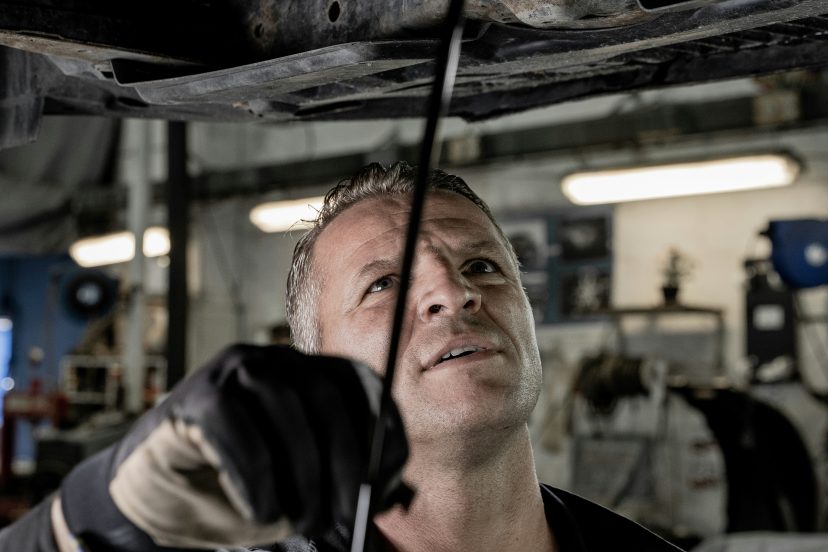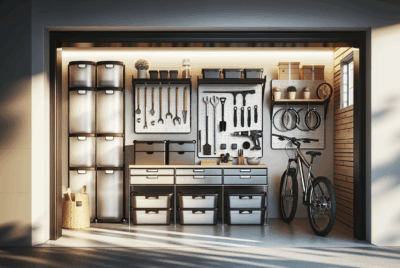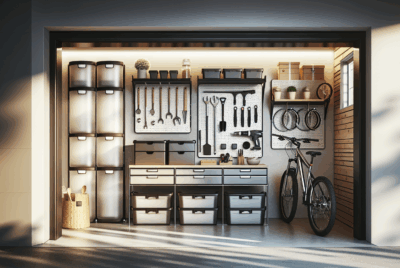How To Keep Mice Out Of Garage
As an Amazon Associate, I earn from qualifying purchases, at no additional cost to you. Disclaimer
Living in a suburban area, I have always loved the convenience of having a garage. It provides a safe space for my car and extra storage for household items. However, recently I’ve been dealing with an unwelcome invasion: mice. These pesky creatures seem to be finding their way into my garage, leaving behind droppings and chewing through cables. Determined to put an end to this infestation, I embarked on a quest to discover effective methods to keep mice out of my garage once and for all. In this article, I will share the practical tips and tricks that have proven successful in deterring these unwanted guests.
Understanding Mice Behavior
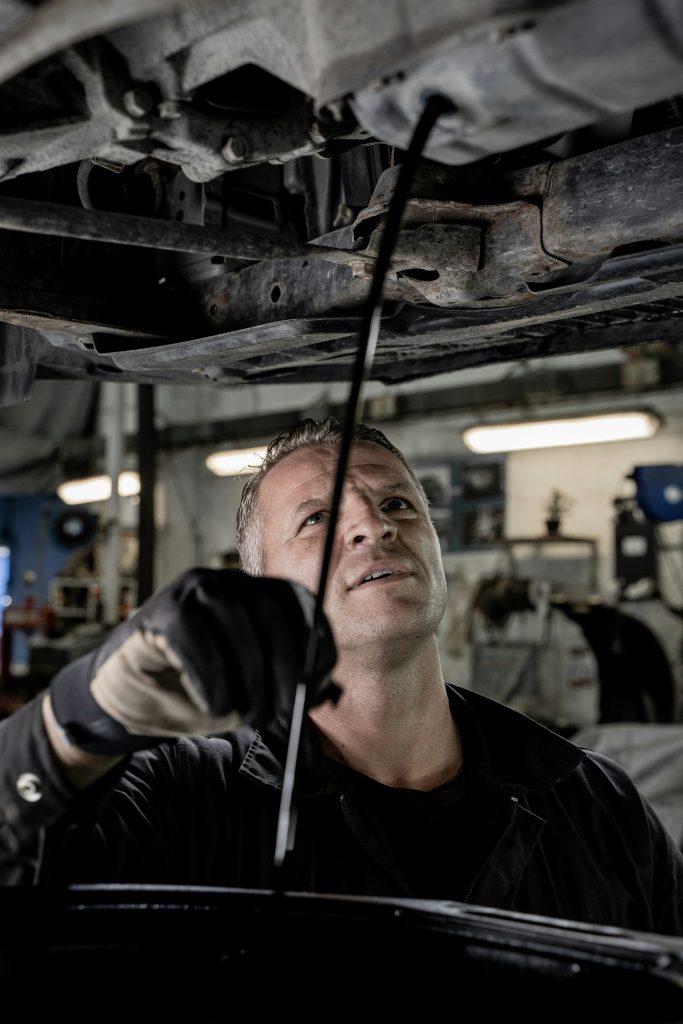
Characteristics of mice
Mice are small rodents that are often found in residential areas, including garages. They have a compact body, usually measuring 2-4 inches in length, and are covered in fur that can range in color from gray to brown. Mice have large ears, a long tail, and small, beady eyes. They are known for their excellent sense of hearing and smell, which helps them navigate their surroundings and locate food sources.
Common hideouts in garages
When it comes to hiding in garages, mice have a few preferred spots. They often seek shelter in dark and secluded areas, such as behind stacked boxes or furniture, inside insulation, or in cardboard storage containers. Mice are skilled climbers and can easily access high shelves or rafters, which provide them with a safe and hidden spot to nest.
Feeding habits
Mice are omnivorous creatures, meaning they eat both plant-based and animal-based foods. In garages, they are attracted to a variety of items, including birdseed, pet food, and even garbage. Mice can consume very small amounts of food, typically nibbling on several different sources throughout the day. Their feeding patterns are often nocturnal, as they tend to be more active in the dark when the risk of predation is lower.
Breeding cycle
Mice have a rapid reproductive rate, which contributes to their overwhelming presence in garages. A female mouse can start reproducing as early as six weeks old and can produce litters of 5-10 pups every three weeks. With their short gestational period of about 19-21 days, a single female mouse can potentially give birth to hundreds of offspring in just one year. This rapid breeding cycle makes it crucial to address any mouse infestation promptly.
Recognizing Signs of Mice Infestation
Finding droppings
One of the most common signs of a mouse infestation is the presence of droppings. Mouse droppings are small, about the size of a grain of rice, and are typically dark brown or black in color. They are commonly found along baseboards, in cabinets, or near food sources like pet dishes or stored food items. If you come across droppings in your garage, it’s a clear indicator that mice are present.
Noticing gnaw marks
Mice have a natural instinct to chew on objects to keep their teeth filed down. This behavior often leads to visible gnaw marks on various surfaces, including wood, plastic, and even electrical wires. Look for small chew marks on items such as boxes, furniture, or wiring in your garage. These damaged items are telltale signs of a mouse infestation.
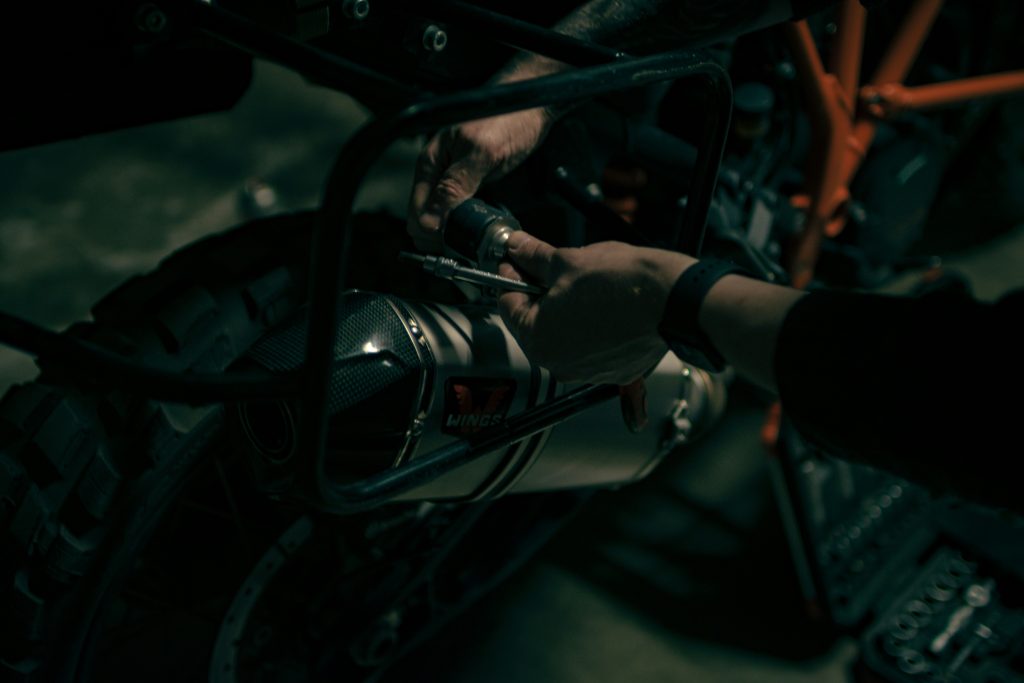
Detecting unusual sounds
Mice are agile climbers, and the sound of their tiny paws scrabbling across surfaces can often be heard in the quiet environment of a garage. If you notice scratching or rustling sounds coming from behind walls, ceilings, or even inside insulation, there is a chance that mice have taken up residence in your garage. Pay close attention to any unusual sounds to determine if a mouse infestation is present.
Identifying nests
Mice tend to construct their nests out of soft materials like shredded paper, fabric, or insulation. These nests are typically hidden in dark corners or crevices, making them challenging to spot. Keep an eye out for small piles of nesting materials in your garage, especially near food sources or where you have noticed other signs of mouse activity. Finding these nests confirms the presence of mice in your garage.
Preventing Attraction
Maintaining cleanliness
To deter mice from entering your garage, it’s crucial to keep the area clean and free from potential food sources. Regularly sweep the floor and remove any food debris, spilled pet food, or crumbs. Wipe down surfaces to eliminate any lingering odors that may attract mice. By maintaining cleanliness in your garage, you create an environment that is less attractive to mice.
Proper food storage
To prevent mice from accessing food, it’s essential to store all edible items in sealed plastic or metal containers. This includes pet food, birdseed, or any other consumable items you may keep in your garage. By eliminating easy access to food sources, you significantly reduce the chances of a mouse infestation in your garage.
Decreasing clutter
Mice are skilled at using clutter as hiding places, and a cluttered garage provides numerous hiding spots for them to build their nests. To discourage mice from setting up camp in your garage, declutter the space by organizing and storing items in sealed bins or on shelves. Removing unnecessary clutter helps reduce potential nesting sites for mice.
Avoid storing organic materials like wood and paper
Mice are attracted to organic materials such as wood, cardboard, and paper as these materials can be used for nest-building. Minimize the presence of these items in your garage, or store them in sealed containers to prevent mice from using them as nesting materials. By removing these attractive resources, you make your garage less appealing to mice.
Blocking Entry Points

Searching for access points
Mice can squeeze through incredibly small openings, making it essential to thoroughly inspect your garage for any potential entry points. Check for gaps or cracks in walls, floors, windows, doors, or any other areas where mice could enter. Pay attention to even the tiniest openings, as mice can fit through gaps as small as a quarter of an inch.
Securing doors and windows
Ensure that all doors and windows in your garage are properly sealed and cannot be easily pushed open from the outside. Install weatherstripping or use door sweeps to eliminate gaps. Don’t overlook the importance of sealing the bottom of the garage door, as this is a common entry point for mice.
Sealing vents and pipes
Seal any gaps around vents and pipes that lead into your garage. Mice can enter through these small openings and gain access to your garage. Use caulk or steel wool to fill in gaps, ensuring a tight seal. Regularly inspect these areas to ensure that the seals remain intact.
Using rodent-proofing wire mesh
For larger openings, such as around pipes or ventilation openings, consider using rodent-proofing wire mesh. This durable material allows air to flow while preventing mice from entering. Secure the mesh tightly over the openings to effectively block mice from accessing your garage.
Using Natural Deterrents
Implementing mint around your garage
Mint is known for its strong fragrance, which can act as a natural deterrent to mice. Planting mint around the perimeter of your garage or placing mint leaves near potential entry points can help repel mice. The strong scent is believed to be unappealing to mice and can discourage them from entering your garage.
Utilizing mothballs
Mothballs contain a strong odor that rodents find unpleasant. Placing mothballs in corners, near entry points, or in areas where mice are likely to nest can help deter them. Keep in mind that mothballs can be toxic to humans and pets, so use caution when using them and follow the product’s instructions carefully.
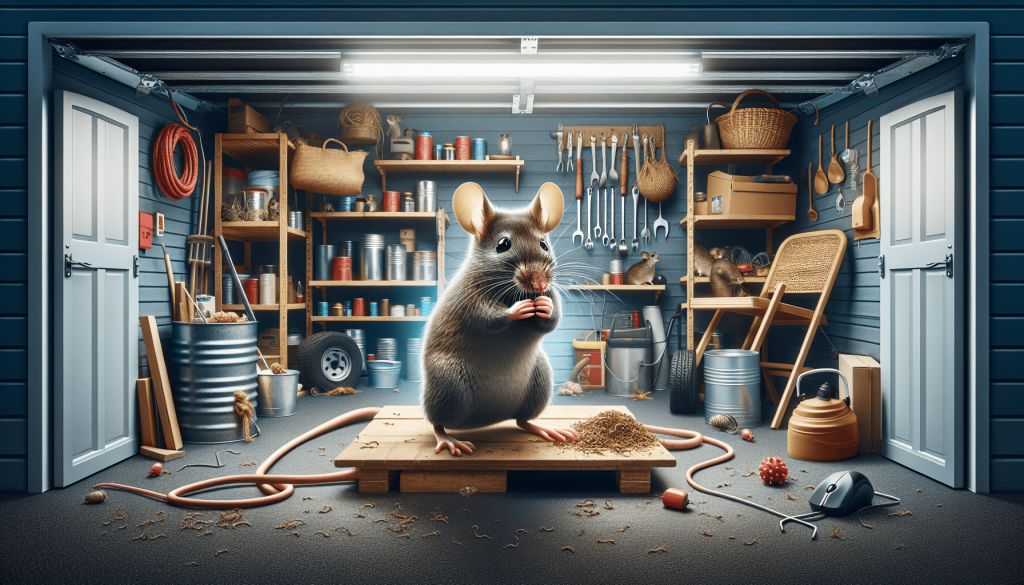
Exploiting predators like cats and owls
Introducing natural predators, such as cats or owls, can help deter mice from entering your garage. The presence of these predators warns mice that there may be danger nearby, and they are more likely to avoid the area. Consider keeping a pet cat or placing owl decoys in your garage to help keep mice away.
Trying ultrasonic devices
Ultrasonic devices emit high-frequency sound waves that are inaudible to humans but can be irritating to mice. These devices can be plugged into outlets in your garage and emit sound waves that cover a specific range. While the effectiveness of ultrasonic devices may vary, many people find them useful in deterring mice.
Chemical Repellents
Choosing appropriate rodenticides
If natural deterrents are not effective in controlling a mouse infestation, you may consider using chemical repellents, such as rodenticides. When choosing a rodenticide, it’s crucial to select one that is safe to use in the area where it will be applied, such as a garage. Read the product labels carefully and follow all instructions to ensure safe and effective use.
Correct placement
When using rodenticides in your garage, proper placement is essential. Place the rodenticide in areas where you have observed mouse activity, such as near droppings, gnaw marks, or nests. Be careful to keep rodenticides out of reach of children and pets, as they can be toxic if ingested.
Safety precautions around children and pets
When using chemical repellents, it’s crucial to prioritize the safety of your children and pets. Store rodenticides in secure locations that are inaccessible to children and pets. Avoid placing them in areas where pets or children play, and closely monitor their activities to prevent accidental contact with the repellent.
Regular monitoring
After applying rodenticides, regularly monitor your garage for signs of mouse activity. Check for droppings, gnaw marks, or any signs that the infestation is persisting. If the rodenticide does not seem to be effectively reducing the mouse population, you may need to consider alternative methods or consult with a pest control professional.
Trap and Release Methods

Selection of humane mouse traps
If you prefer to remove mice from your garage without causing harm, humane mouse traps can be an effective solution. These traps are designed to capture mice without injuring them. There are various types of humane traps available, including live-catch traps, multi-catch traps, and even self-resetting traps. Select a trap that best suits your needs and preferences.
Effective baiting techniques
To increase the chances of successfully capturing mice with humane traps, proper baiting is essential. Mice are attracted to food sources like peanut butter, cheese, or small pieces of fruit. Place the bait at the end of the trap, ensuring that the mice are forced to trigger the mechanism to obtain the food.
Ideal locations for traps
To maximize the effectiveness of humane traps, place them in areas where you have noticed mouse activity, such as near droppings or gnaw marks. Additionally, position traps along walls or in other areas where mice are likely to travel, increasing the likelihood of successful capture.
Safe handling and release
Once a mouse has been captured in a humane trap, it’s crucial to handle it appropriately. Wear gloves to minimize contact with the mouse and avoid transferring any potential diseases. Release the mouse into a suitable outdoor location, away from residential areas and potential sources of shelter or food.
Professional Pest Control Services
Deciding when to call a professional
While DIY methods can be effective in controlling a mouse infestation, there may be instances when professional intervention is necessary. If you have tried various prevention and control methods without success, or if the infestation is severe, it’s advisable to seek the assistance of a professional pest control company.
Selection considerations for a pest control company
When choosing a pest control company, consider their experience, qualifications, and reputation. Look for companies that specialize in rodent control and have a proven track record of successfully addressing mouse infestations. Additionally, ensure that the company follows proper safety protocols and uses environmentally friendly practices.
Preparation before professional treatment
Before a professional pest control treatment, there are several preparation steps you should take. Clear your garage of any clutter, including items that may obstruct access to infested areas. Remove or secure all food sources, and inform the pest control technician of any pets or sensitive areas that require special attention during the treatment.
Post-treatment follow-ups
After a professional pest control treatment, it’s important to follow any post-treatment instructions provided by the technician. These instructions may include cleaning protocols, monitoring for any remaining signs of mouse activity, or scheduling follow-up visits if necessary. By following these instructions, you can ensure the long-term success of the treatment.
Maintaining a Mice-Free Garage
Regular inspection
Even after successfully eliminating a mouse infestation, it’s important to conduct regular inspections of your garage to detect any signs of future activity. Check for droppings, gnaw marks, or nests on a routine basis. Early detection allows for prompt action, preventing a full-blown infestation from occurring.
Persistent cleanliness
Continue to maintain cleanliness in your garage by regularly sweeping, wiping down surfaces, and removing any potential food sources. By keeping your garage clean and eliminating attractive environments for mice, you decrease the chances of new infestations.
Continued blocking of potential entry points
Periodically inspect your garage for any new entry points that mice may have discovered. Promptly seal any gaps or cracks that could serve as entryways. By ensuring that your garage remains inaccessible to mice, you can greatly reduce the likelihood of future infestations.
Updating deterrent methods as necessary
As mice are intelligent creatures, they may eventually become accustomed to certain deterrent methods. Periodically update and alternate the use of natural or chemical repellents to keep mice on their toes. Trying different deterrent techniques can help maintain an effective barrier against future infestations.
Dealing with the Aftermath of Infestation
Safe removal of dead mice and droppings
If you have successfully eradicated a mouse infestation, it’s important to safely remove any dead mice and droppings left behind. Wear gloves and use disposable bags to carefully pick up and dispose of the remains. Seal the bags tightly and discard them in an outdoor trash container.
Cleaning and disinfecting affected areas
After removing the remains, thoroughly clean and disinfect the areas that were affected by the infestation. Use a bleach solution or a recommended disinfectant to sanitize surfaces. Pay extra attention to areas where droppings or nests were found to eliminate any potential health hazards.
Repairing any damage caused by mice
Mice can cause damage to structures, insulation, and wiring in your garage. Inspect the area for any damages resulting from the infestation, such as chewed wires or gnawed wood. Repair or replace any damaged items to restore the functionality and safety of your garage.
Preventing recurrence
To prevent a recurrence of a mouse infestation, continue implementing the preventive measures listed earlier in this article. Maintain cleanliness, block entry points, and regularly inspect your garage for any signs of mouse activity. By staying proactive and vigilant, you can significantly reduce the likelihood of another infestation.
In conclusion, understanding mice behavior, recognizing signs of infestation, preventing attraction, blocking entry points, using natural deterrents, employing chemical repellents, utilizing trap and release methods, seeking professional pest control services, maintaining a mice-free garage, and dealing with the aftermath of an infestation are essential steps in effectively keeping mice out of your garage. By following these guidelines and implementing the suggested strategies, you can create a pest-free environment that allows you to enjoy your garage without the unwanted presence of mice.

